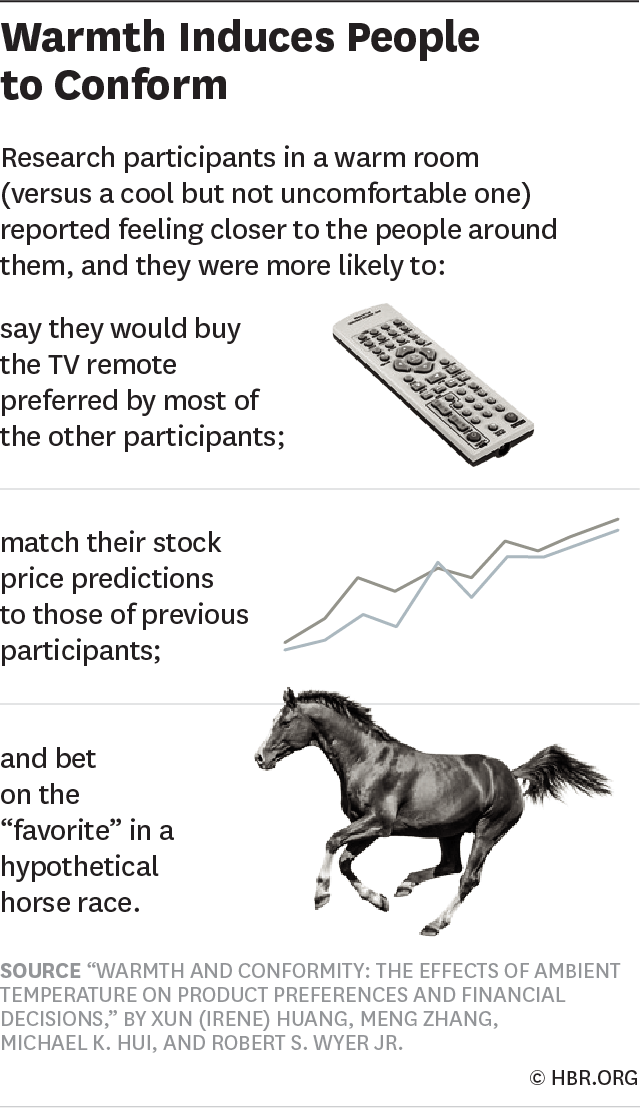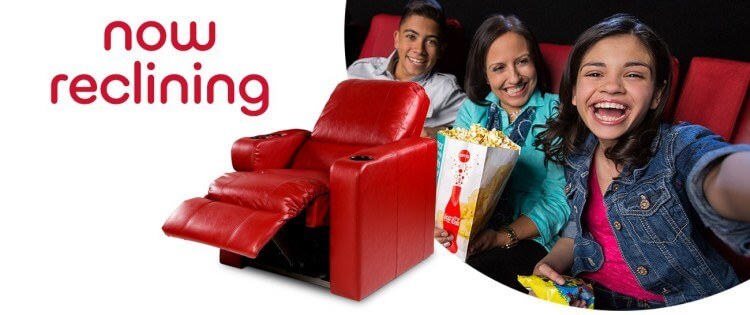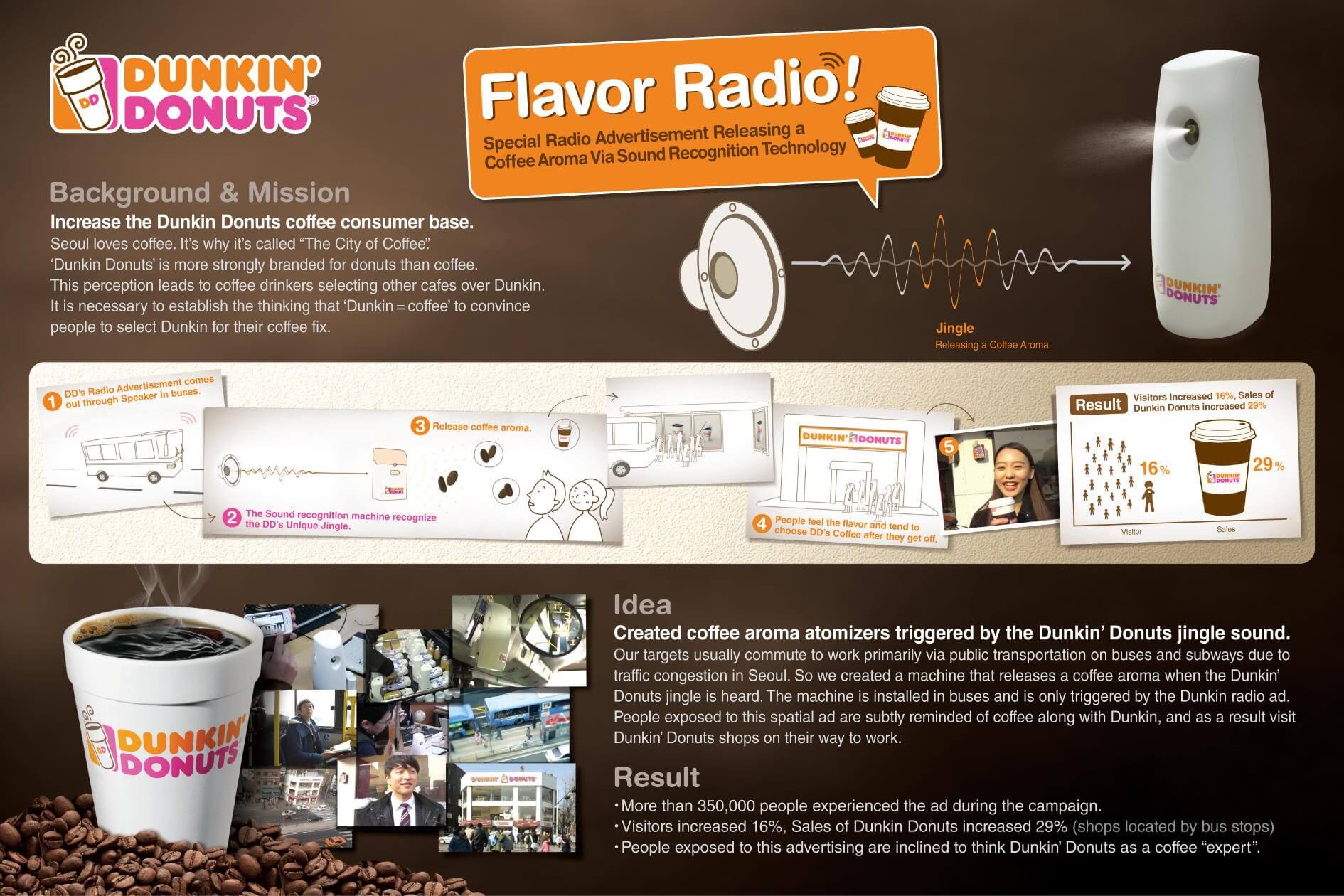Do you remember the last time you bought a new car?
Why was it that you chose one specific model and brand over another?
- Was it the horsepower under the hood, the power train, the transmission or maybe even the entertainment system?
- Was it the design, the color or the price?
If you’re like most of us, you’ll have answered,
“A combination of all of the above.”
But did you know your purchase decision was likely influenced by subconscious cues built into the car?
That’s right.
For years, car manufacturers have been studying not only how to build the best cars at the right prices, but also how to market those vehicles so more people purchase them.
And exactly how they do that might surprise you.
That new car smell? That satisfying “thunk” when the car door closes? The soft, plush feeling of the seats?
None of this is coincidence; they’re all carefully calibrated characteristics intended to inspire feelings of excitement, safety and luxury — and convince you to purchase the vehicle.
In fact, car manufacturers even use something called “engine-sound enhancement” on luxury sports cars.
For example, the BMW M5 features a recording of the motor that plays over the sound system, even when its off. Similarly, multiple Porsche models artificially amplify engine intake noises.

Source: Car and Driver
Why? Because it not only gives the driver a better impression of how the engine is performing, but also enhances the impression of power and speed.
Guest Sensory Marketing: What Is It, and How Does It Work?
This strategy of engaging the senses to increase guest experience and bookings is referred to as sensory marketing: marketing that influences consumers’ perception of brands by using multi-sensory experiences to establish positive emotional connections with them.

Here’s the science behind it: We all have five senses —
- Sight
- Hearing
- Touch
- Smell
- Taste
When two or more senses are appealed to in a consistent way, they amplify each other.
Now, when this is done via subtle messaging in marketing, guests are more likely to retain information about the brand.
And that’s why brands spend so much time and money on determining what types of sensory cues best combine to create an effective, positive message.
Our Fav. Examples of Sensory Marketing
Sensory marketing is not only used by car manufacturers, but also by a wide variety of companies in industries ranging from food and beverage to real estate and from apparel to hardware.
Consider the following examples, and ask yourself if you were aware of the conscious choices these brands made to provide you with a multi-sensory marketing experience.
- Hershey’s wraps its Kisses in richly-colored tinfoil.
- Why? Because the tactile, visual and audial experience of unwrapping the foil around the Kiss turns what’s effectively a small piece of chocolate into a luxurious experience.
- AMC theater enhances the pleasure of watching a movie from the comfort of an ultra-plush recliner — but only after walking by a concession stand with freshly-popped popcorn.
- This combines the luxurious feeling of the chairs with the visual and olfactory cues from the popcorn to provide you with the ultimate movie experience.

Source: AMC Theatres
- If you like candles, you’ve probably been to a Yankee Candle store.
- And you might have noticed that it smelled like their candles even though none were burning at the time. Of course, the scent is intended to complement the visuals of all the candles on offer so you subconsciously envision the relaxing and pleasant ambiance candles could create in your own home.
Multi-sensory advertising can also work on smartphones.
- A 2014 trailer for the TV show Homeland actually featured technology that made phones vibrate during exciting scenes, such as during bomb explosions and other suspenseful moments.
This combination of audial, visual and tactile cues made for a highly memorable experience and helped build anticipation for the show.
SEE ALSO: Social Commerce Trends: How to Get Sales with Social Media
One interesting example of how sensory marketing can directly impact sales comes from Dunkin’ Donuts campaign in Seoul, South Korea.
Commuter buses in the city were outfitted with devices that released the aroma of fresh coffee whenever the Dunkin’ Donuts jingle played over the radio.
At the end of the jingle, the buses would stop close to a Dunkin’ Donuts outlet.

Source: American Inno
The results? A sales increase of 29 percent!
How You Can Use Sensory Marketing at Your Hotel
Now you have an idea of what sensory marketing is and how effective it can be, you might be wondering how you can use it in your own marketing to improve the hotel guest experience — especially if you don’t have a huge budget. Understand how you can use sensory marketing in your holistic Strategic Marketing Plan.
The good news is that with some research, knowledge of human nature and common sense, you can already apply sensory marketing.
To put it into practice, ask yourself the following questions:
- What are your brand’s characteristics?
- How can those characteristics best be conveyed via sensory cues?
- In what ways can you build those cues into your hotel guest experience and promotional materials?
- Which combination or combinations of those cues evokes the most powerfully positive impression?





